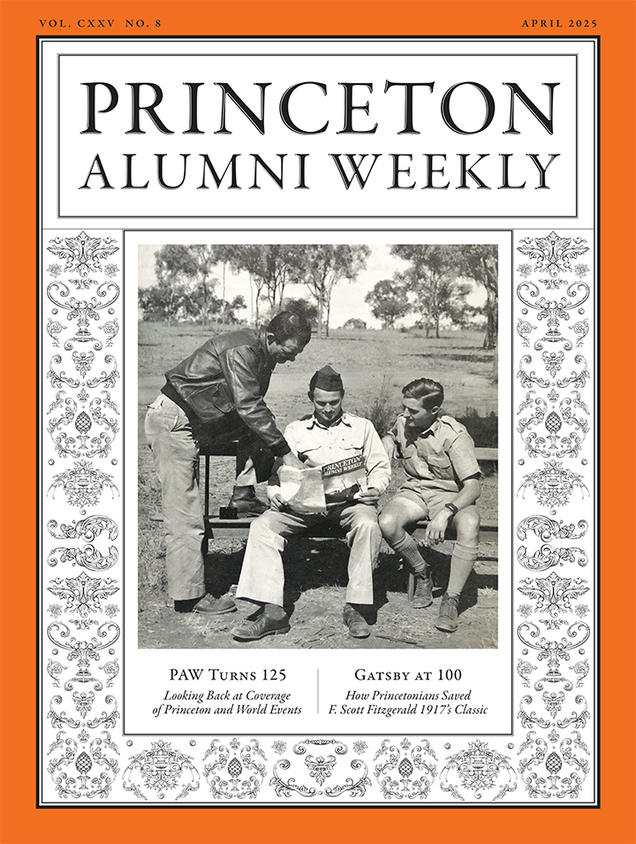Albert D. Reidinger ’18
OUR BELOVED CLASSMATE, Albert Reidinger, died July 29, 1990, of pneumonia at his home in Cokesbury Village in Hockessin, Dela. He was 94 years of age, and they were a full 94 years.
Albert left Princeton in his senior year to serve his country in the Army. He was in the midst of those violent battles at St. Mihiel and the MeuseArgonne with the 78th Division. He returned to the campus after the war to earn his degree in chemistry. Albert was a color chemist with the DuPont Co. his entire career and earned several patents for the company and himself.
He was an elder in the Presbyterian Church, having served his local church as church school superintendent and clerk of session for many years. He served also on a number of committees for the Presbytery and the General Assembly.
His wife, Helen, died in 1969. Albert is survived by his twin sons, Russell and Raymond, both Class of'45, his daughter Shirley Ostendarp, 13 grandchildren, and six greatgrandchildren. To each of these members of Albert's wonderful family we send our condolences and our affection.
The Class of 1918
Paw in print
Book Club.
Join and Read With Us.



0 Responses